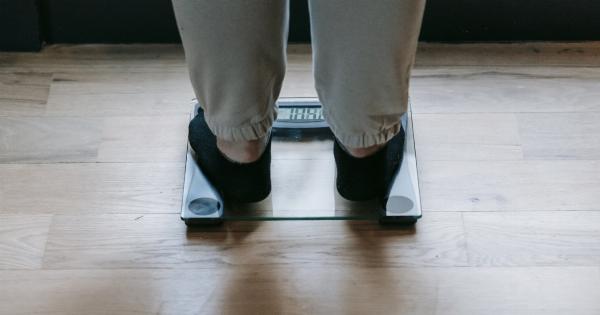Plantar warts are common skin conditions that appear on the soles of the feet and are caused by the human papillomavirus (HPV). This virus enters the body through small cuts or breaks in the skin, commonly found on the bottom of the feet.
The virus thrives in warm, moist environments, such as locker rooms, public swimming pools, and bathroom floors.
Walking barefoot in these high-risk areas increases the likelihood of coming in contact with the virus, as the infection can spread from person to person through direct contact.
Individuals with weakened immune systems or those who have a history of plantar warts are more susceptible to developing these warts.
Symptoms of Plantar Warts
Plantar warts often differ in appearance from other types of warts. They typically appear as small, hardened growths on the soles of the feet, with a rough and grainy texture.
The warts may have black dots in the center, which are actually tiny blood vessels that have clotted.
When pressure is exerted on a plantar wart, it can cause a sharp, burning pain, making it uncomfortable to walk. In some cases, multiple warts may grow in a cluster, known as a mosaic wart.
It is important to note that plantar warts are not cancerous and do not pose any serious health risks, but they can be bothersome and aesthetically displeasing.
Diagnosing Plantar Warts
Plantar warts can usually be diagnosed through a visual examination by a healthcare professional. The characteristic appearance of the wart, combined with the location on the sole of the foot, helps in distinguishing it from other similar conditions.
In some cases, a biopsy may be performed to confirm the diagnosis, especially if the wart is resistant to treatment or shows atypical features.
Treatment Options
There are several treatment options available for plantar warts, depending on the severity and extent of the infection. Here are some common treatment methods:.
1. Over-the-counter Medications
Over-the-counter (OTC) medications, such as salicylic acid-based treatments, are commonly used to treat plantar warts. These medications work by gradually breaking down the wart tissue and stimulating an immune response to fight the virus.
However, OTC treatments can take several weeks or months to show significant results.
2. Cryotherapy
Cryotherapy involves freezing the warts with liquid nitrogen or another freezing agent. This procedure destroys the wart tissue, allowing a new, healthy skin layer to form.
Cryotherapy sessions may need to be repeated multiple times at intervals of a few weeks for optimal results.
3. Electrosurgery
Electrosurgery is a surgical procedure in which an electric current is used to burn off the wart tissue. The procedure is performed under local anesthesia and may require several sessions to ensure complete removal.
4. Laser Treatment
Laser treatment is an effective method for removing plantar warts. It involves using a laser beam to burn and destroy the wart tissue.
Laser treatment is often reserved for more stubborn or extensive cases and is performed by a qualified healthcare professional.
5. Immunotherapy
Immunotherapy involves stimulating the body’s immune system to fight against the wart virus.
This can be done through the application of certain medications that trigger an immune response in the body, such as imiquimod or candida antigen injections.
Prevention Tips
While plantar warts can be difficult to completely prevent, there are some measures you can take to reduce your risk of developing them:.
1. Maintain Foot Hygiene
Wash your feet regularly with soap and warm water, and ensure they are thoroughly dried afterward. Keeping your feet clean and dry can help prevent the virus from entering through small cuts or abrasions on the skin.
2. Avoid Walking Barefoot
Avoid walking barefoot in public areas, especially in locker rooms, swimming pools, and communal showers. Use flip-flops or shower shoes to protect your feet from coming into direct contact with the virus.
3. Change Socks and Shoes Regularly
Wear clean socks made of breathable materials such as cotton or moisture-wicking fabrics. Change your socks daily and alternate your shoes to allow them to dry completely between uses.
4. Keep Feet Moisturized
Moisturize your feet regularly to prevent dry, cracked skin that can provide an entry point for the virus. Avoid excessive moisture, as it creates an ideal environment for the growth of warts.
5. Avoid Touching or Picking Warts
Do not touch or pick at plantar warts, as this can worsen the infection and spread the virus to other parts of your body. If you do come into contact with a wart, wash your hands thoroughly with soap and warm water.



























